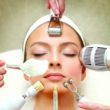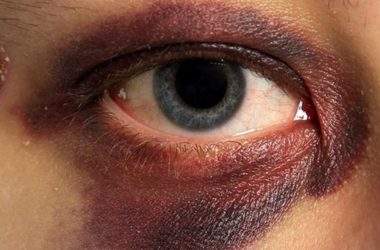Because they are serious matters and anyone may suffer from them, it’s of utmost importance for you to be familiar with the primary differences among cardiac arrest, heart attack and stroke. Other than knowing what each of them are, being aware of the various risk factors — especially the ones which can be reversed or prevented — can help considerably lower your risk of suffering from any one of them. Read on!
Cardiac Arrest: A Problem Concerning the Electrical System of the Heart
- Advertisements -
- It happens when the heart muscles suddenly stop beating due to the organ’s malfunctioning.
- A cardiac arrest is triggered by the heart’s electrical system that has gone haywire, causing arrhythmia (irregular heartbeat) and even complete cessation of the pumping action of the heart.
- Someone who suffers from cardiac arrest and fails to get immediate treatment may die in just a matter of minutes. With the heart unable to pump blood, the supply of oxygen to the various parts of the body — including most especially the brain — is disrupted, causing cellular death.
- Cardiac arrest causes signs such as gasping, absence of breath and unresponsiveness.
- In the US, experts say that almost 360,000 cases of cardiac arrests occur outside the hospital setting annually.
- Some risk factors include age, gender, family history, coronary heart disease, history of arrhythmias, smoking, and drug or alcohol abuse.
Heart Attack: A Problem with the Supply of Blood to the Heart Itself
- It happens when the one or more regions of the heart fails to get oxygen due to the restriction of blood flow.
- A heart attack is caused by the blockage of an artery that supplies blood to the organ whose primary purpose is to pump blood throughout the body. The blockage may be caused by plaque and cholesterol buildup on the inner arterial wall, or a blood clot that has made its way to the blood vessel supplying blood to the heart.
- Immediate treatment is important for someone who suffers from a heart attack. The more delayed the treatment is, the greater the damage will be.
- A heart attack causes symptoms such as pressure, tightness or squeezing sensation in the chest, pain that radiates to the arms, shoulders, upper back and jaw, shortness of breath, cold sweats, nausea and anxiety. Some women who are suffering from a heart attack may encounter milder symptoms or even none at all.
- Unlike in a cardiac arrest, the heart usually does not stop beating during a heart attack.
- Some risk factors include age, gender, family history, diabetes, high blood pressure, obesity, stress, a sedentary lifestyle and poor diet.
Stroke: A Problem Concerning the Interruption or Severe Reduction of Blood Supply to the Brain
- It happens when a part of the brain fails to get much-needed oxygen because of the cessation or severe reduction of the flow of blood to the vital organ.
- A stroke is usually caused by a blood clot that has made its way to one of the blood vessels found in the brain. When it gets lodged, blood supply is cut off. There is also something called a hemorrhagic stroke — the bursting or leaking of a blood vessel that supplies the brain with blood.
- Considered as a medical emergency, prompt treatment can help save the life of the individual suffering from a stroke, as well as prevent complications such as paralysis or weakness of one side of the body.
- Some of the symptoms of a stroke include sudden severe headache without any known triggering factor, dizziness, loss of coordination, confusion, trouble with speaking, and numbness or weakness of the face or one side of the body.
- In the US, a stroke is considered as the leading cause of disability that’s serious and long-term.
- Some risk factors include age, gender, family history, race, prior stroke or temporary ischemic attack (TIA), diabetes, high blood pressure, smoking, alcoholism, obesity and blood disorders.












